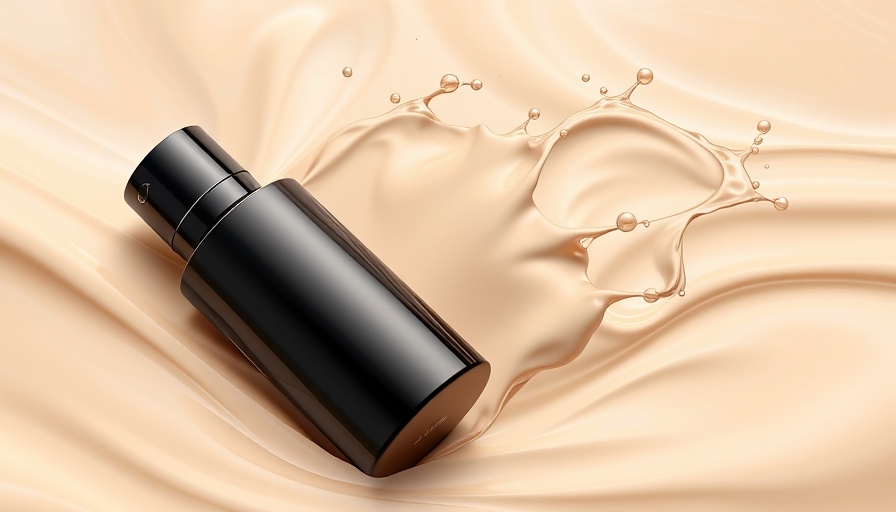
New FDA Proposal: A Necessary Step for the Safety of Talc-Based Cosmetics
In a significant development for the beauty and skincare industry, the U.S. Food and Drug Administration (FDA) has unveiled a proposed rule mandating thorough asbestos testing for talc-containing cosmetic products. This initiative aims to shield consumers from the potential health hazards of asbestos contamination, a concern given its proximate occurrence with talc deposits. This rule, a direct outcome of the Modernization of Cosmetics Regulation Act of 2022, places the onus on manufacturers to ensure greater transparency and safety in the cosmetic products they supply.
Understanding the Risks: Asbestos in Cosmetics
Asbestos—a known carcinogen linked to serious health conditions such as mesothelioma—is often found near talc in its natural state. This proximity raises red flags about the possible infiltration of asbestos fibers into products that rely on talc for their anti-caking and texture-improving qualities. The FDA's new proposal requires that cosmetic companies employ advanced testing techniques—like polarized light microscopy and transmission electron microscopy—to validate the purity of their talc sources. Alternatively, they can furnish supplier certificates certifying product safety.
Impact on Cosmetic Industry Professionals
For MedSpa owners and aesthetic professionals, this move by the FDA is pivotal, not only to ensure client safety but also to maintain the integrity and reputation of their brand offerings. The proposal may lead to stringent compliance requirements; however, it also presents a unique opportunity to reinforce trust and demonstrate a commitment to product safety. By prioritizing products that meet these rigorous testing standards, professionals can distinguish themselves as leaders dedicated to consumer health and high-quality service.
The Bigger Picture: Aligning with Consumer Demands
This proposal doesn't merely represent regulatory compliance; it reflects a growing consumer demand for transparency and safety in beauty products. By adhering to these standards, aesthetic professionals can better align themselves with an informed clientele increasingly aware of product ingredients and sourcing. This alignment not only mitigates potential health risks but also enhances consumer confidence, making your business a beacon of trustworthy practices in a competitive market.
 Add Row
Add Row  Add
Add 

 Add Element
Add Element 


Write A Comment